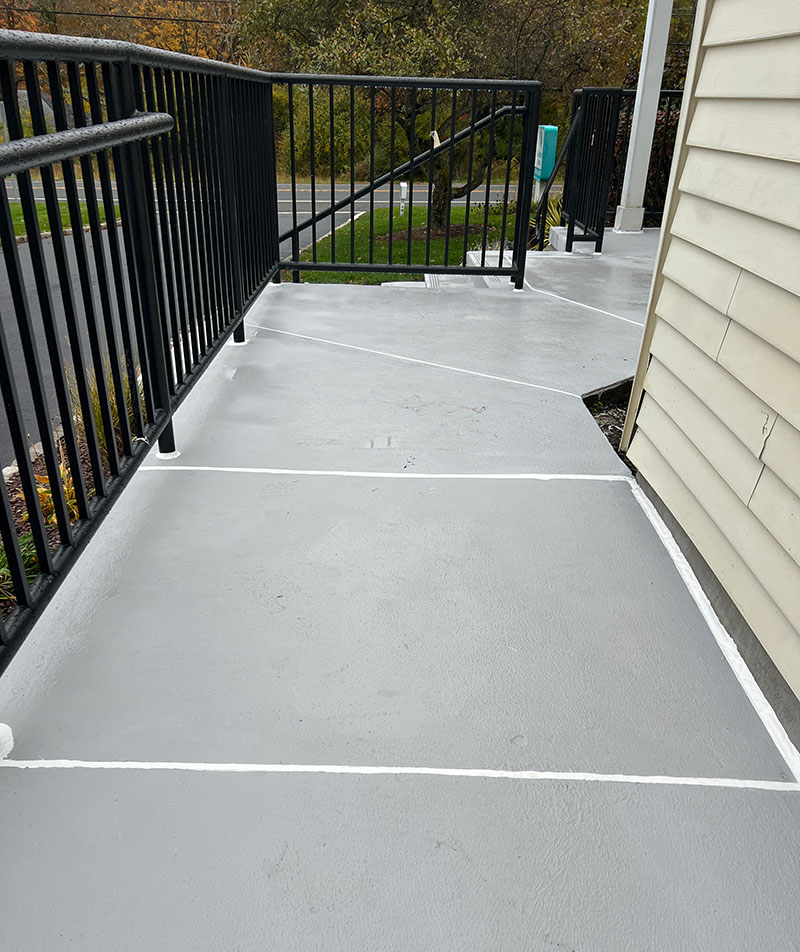Who Does The Americans with Disabilities Act Cover?

The ADA provides civil rights protection for people with physical or mental disabilities that limit either major life activities, impairs function in any way, and those who are regarded as being impaired and subsequently treated in negative ways due to that perception. These rules pertain to people with recorded and recognized disabilities and not temporary issues like a broken leg or recovery from eye surgery that limits vision for a few weeks.
In some cases, you may ask yourself at this point whether your specific property needs to comply with the ADA or not. For example, if you do not currently employ any people with disabilities or if your industry or work requirements seem to preclude certain people from employment, you may think accessibility options do not matter. Even if these two instances are true, that does not mean things will not change in the future. It also does not override the law that pertains to every property owner.
What Types of Commercial Properties Must Comply With ADA Rules?

The simplest answer to this question is: all of them. Commercial properties include office buildings, factories and warehouses, retail stores, service companies, and anywhere else that employs members of the public or does work for them. The rules also apply to what are called places of public accommodation, which includes temporary lodging like hotels and inns, restaurants and bars, theaters, service companies like barbershops, laundromats, and law offices, educational facilities, health and well-being companies, and more.
Basically, if you have any kind of business that either welcomes the public or employs anyone, you must build, update, and maintain everything in compliance with the Americans with Disabilities Act. The current rules apply to both new construction and existing properties. Sometimes it will not take much to do the upgrades, so it makes sense to call in professionals and get a comprehensive look at disability factors both inside and outside of the building itself.
What Are the Requirements for ADA Compliance?

Since you are legally responsible for having property that follows all ADA rules, the best course of action to get a comprehensive list of requirements is to go to the source directly. Also, make sure that your architect, contractor and construction team understands the importance of these rules. You cannot guess what will work for people with disabilities, and you cannot do “good enough” work and hope to meet all these standards. The following are just a few examples of the types of things you will have to pay attention to in your commercial building.
Many of the projects associated with ADA compliance have more to do with remodeling and interior design than the construction of the building itself. However, you have to begin with the structure before getting to all of those other things. Something as simple as a smooth concrete floor and an accessible ramp from the parking lot to the front door may not automatically come to mind when designing your property but are essential parts of improving accessibility for disabled individuals.

If you are working to upgrade or renovate an existing building that is not currently ADA compliant, it makes sense to make as many changes as possible. However, there are special dispensations for instances when changes would affect the structural soundness of the building itself or be practically or financially impossible to complete. This is not an opportunity to cut corners and try to get out of serving the entirety of the public. Work with an experienced and skilled contracting team to determine what you can do to comply with regulations appropriately.
In general, the Americans with Disabilities Act affects all commercial property owners who want to comply with the law and allow everyone to access their property safely and comfortably. From initial architectural designing and construction plans to renovations and regular maintenance activities, the rules included in the ADA should always have a place in your decision-making process.
Contact T.G. Basile today to learn more about ADA compliance and how we can help make your property up to code.





